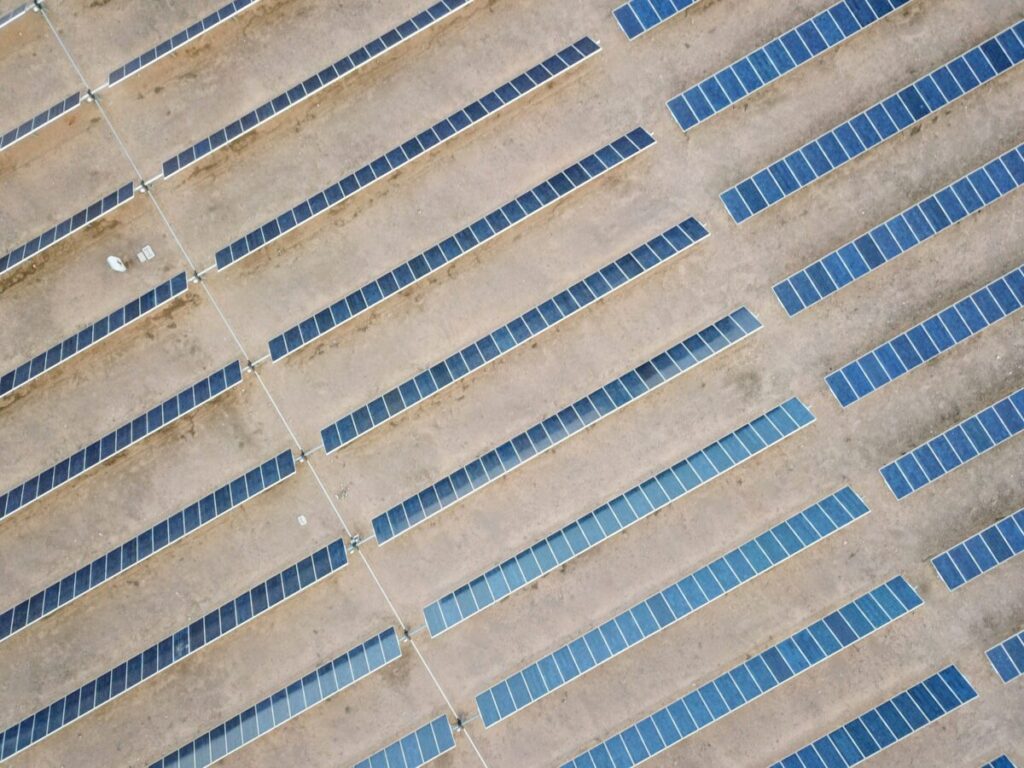A research team established at Lawrence Berkeley National Laboratory says that solar energy could have the lowest level of energy (LCOE) of all energy sources in South Korea by the early 2030s.
According to researchers from Lawrence Berkeley National Laboratory, Solar will be the most cost -competitive energy source in South Korea in South Korea in South Korea.
Their research paper, “Assessment of the level of energy in South Korea“Evaluates the LCOe and emphasizes costly processes of various technologies in the Republic of Korea from 2030 to 2050.
Metrics integrated in LCOe analysis include accommodation costs, fixed activities and maintenance costs, variable activities and maintenance costs, fuel costs, financing costs and capacity factors. Although the LCO of renewable energy sources is already very cost-competitive in many countries, their LCOe in South Korea still exceeds that of fossil fuels or energy generation of nuclear.
The findings indicate that renewable energy technologies, and in particular solar and offshore wind, are expected to experience persistent cost decreases. By the mid -2030s, the renewable costs are expected to have fallen by 28% to 41% compared to 2023 levels. The researchers say that the most important factor for this decrease in costs will be a decrease in the costs that are necessary to build the infrastructure and the associated costs, including roster connection costs.
The LCO for nuclear, on the other hand, is expected to increase by 15% in the same period. Coal is expected to decrease light, while natural gas is expected to decrease by 46%.
Large-scale solar sun, classified as more than 20 MW in the study, is expected to be the most cost-competitive energy source by 2030, with projected LCOe between $ 47/MWH and $ 48/MWh.
When social costs of conventional power sources are included, such as risk costs for accidents for nuclear power stations and carbon costs for coal and natural gas, the researchers were expected to find the sun of all size the most cost-competitive option from the early 2030s.
By 2050, the costs of renewable energy sources are expected to have fallen by 38% to 56% compared to 2023 levels. Solar of all sizes is expected to be the most Costs competitive energy source, with an LCOe between $ 28/MWh and $ 36/MWh in 2050, while natural gas is expected to be the least competitive.
In the conclusion of the research paper, the authors said that their findings indicate that South Korea can develop a cost-effective energy system with lower emissions by giving priority to renewable energy sources, including solar and offshore wind. They noted that the technologies should be installed in regions with higher capacity factors and/or in areas with lower connecting costs.
The researchers add that adjustments to carbon price mechanisms and emission reduction goals can be considered in the context of efforts to improve the cost protection of resources with lower emissions.
“These steps can contribute to improving energy security, managing electricity costs in the long term and supporting economic stability,” the researchers concluded. “In addition, investments in scheduling flexibility, improvements in making processes possible and the development of domestic capacity for green hydrogen production and advanced storage technologies can contribute to the development of a more resilient and adaptable energy system.”
South Korea has added more than 3.1 GW From solar energy in 2024, which pushes its cumulative solar capacity after 28 GW.
This content is protected by copyright and may not be reused. If you want to work with us and reuse part of our content, please contact: editors@pv-magazine.com.

